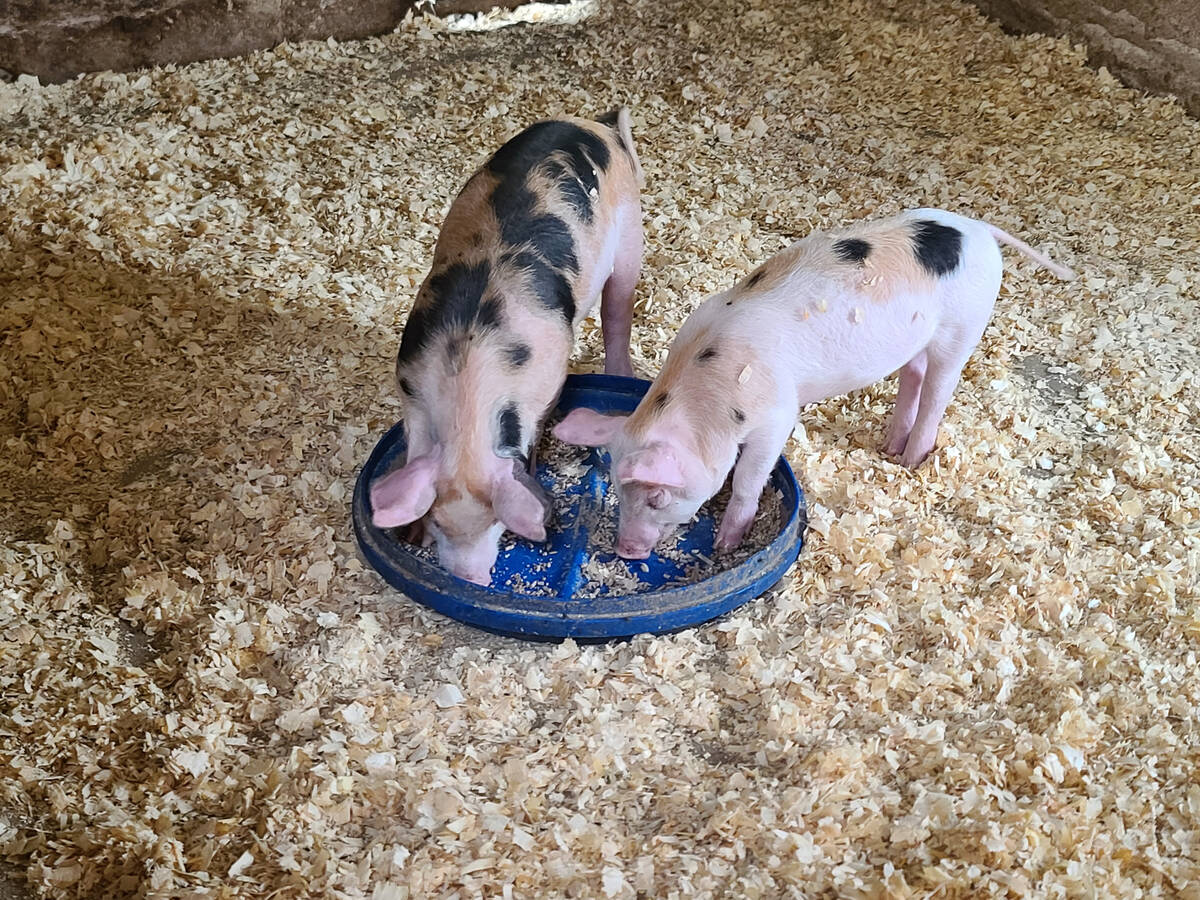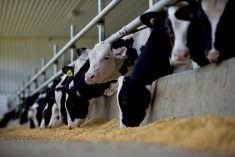Calf prices in Western Canada were steady to $2 higher last week with 570-weight steers moving at $130 per hundredweight; tan steers weighing 540 pounds sold for $134/cwt.
We continue to see strong demand from both feedlot operators and backgrounding operations. New technology implants and treating methods have caused the large feedlot operator to feel comfortable purchasing lighter calves. Higher efficiencies are noted because the cattle don’t have to move to backgrounding and then to a finishing lot.
Secondly, most eyes are on April live cattle futures which touched $107/cwt last week. Feedlots want to be full as fed cattle prices could reach up to historical highs next spring.
Read Also

African swine fever risk tightens feed ingredient trade rules with Taiwan
Plant-based ingredients bound for Canadian livestock feed will have stricter trade rules if the shipments come from Taiwan, following Canadian Food Inspection Agency changes
From a seasonal perspective, feeder cattle supplies start to decline in November in both Canada and the U.S. However, hard red winter wheat conditions in the U.S. southern plains are quite dry. Feeder cattle that would usually feed on small grain pasture over the winter may move into feedlots sooner. I was expecting a decline in year-over-year U.S. feedlot placements during November and December but this may not materialize.
I’m somewhat optimistic for feeder cattle prices moving forward. Feedgrain prices appear to have defined their upside potential after a bullish U.S. Department of Agriculture report on Tuesday resulted in corn trading limit down on Friday.
I still feel the southern Alberta barley market has legs to run higher but the strength in fed cattle prices will offset the rise in feedgrain values. Fed cattle prices tend to become extremely volatile at the higher levels, jumping $3 to $4 within the week, and this may also translate into a stronger feeder market.
— Jerry Klassen is a commodity market analyst in Winnipeg and maintains an interest in the family feedlot in southern Alberta. He writes an in-depth biweekly commentary, Canadian Feedlot and Cattle Market Analysis, for feedlot operators in Canada. He can be reached by email at [email protected] or 204-287-8268 for questions or comments.
The material contained herein is for information purposes only and is not to be construed as an offer for the sale or purchase of securities, options and/or futures or futures options contracts. While the information in this publication cannot be guaranteed, it was obtained from sources believed to be reliable. The risk of loss in futures trading can be substantial. The article is an opinion only and may not be accurate about market direction in the future. Do not use this information to make buying or selling decision because adverse consequences may occur. This information may be wrong and may not be correct about current market conditions in all areas of Canada. This is an opinion only and not based on verified facts.












